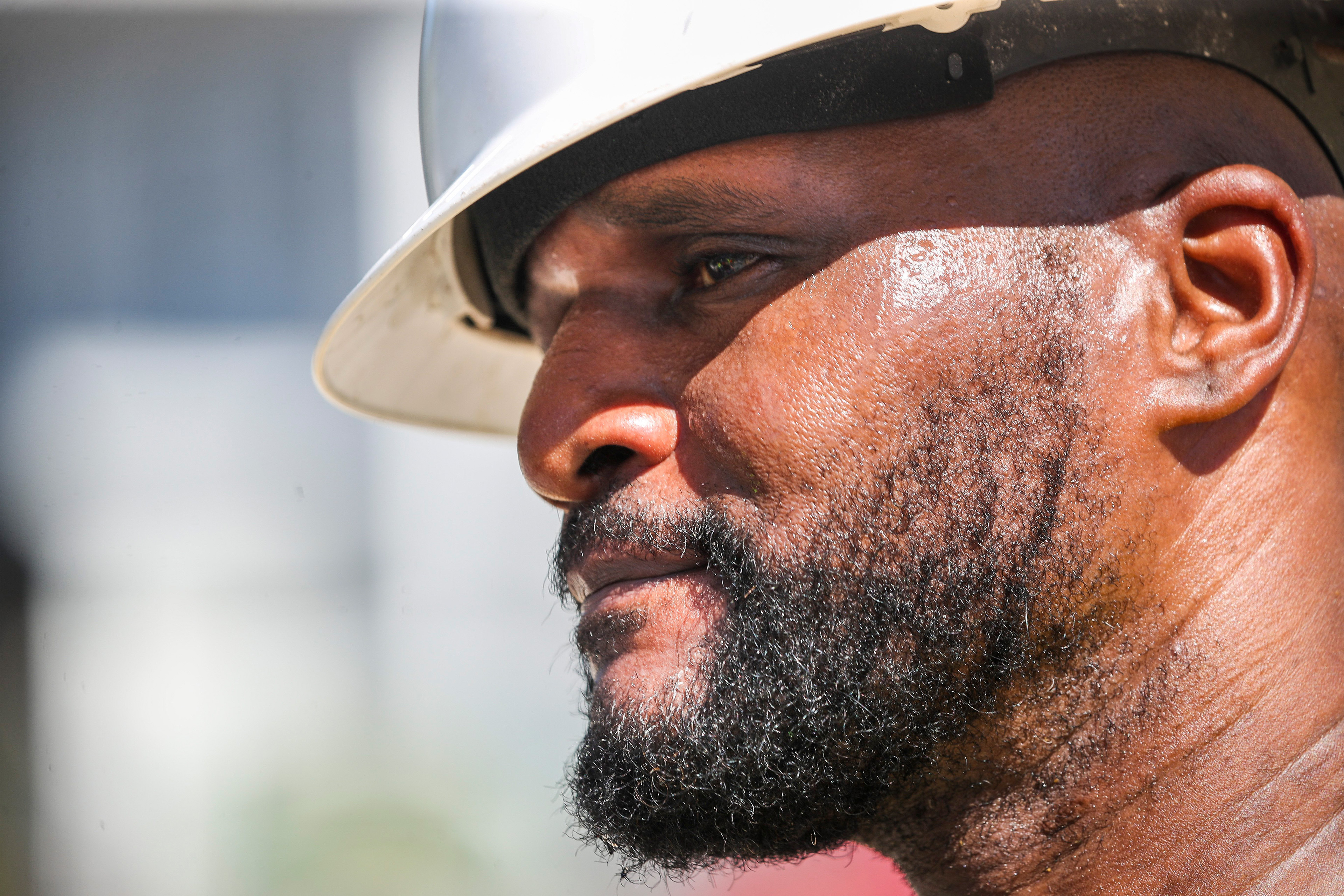- cross-posted to:
- treehuggers@slrpnk.net
- cross-posted to:
- treehuggers@slrpnk.net
Neighborhoods with more trees and green space stay cooler, while those coated with layers of asphalt swelter. Lower-income neighborhoods tend to be hottest, a city report found, and they have the least tree canopy.
The same is true in cities across the country, where poor and minority neighborhoods disproportionately suffer the consequences of rising temperatures. Research shows the temperatures in a single city, from Portland, Oregon, to Baltimore, can vary by up to 20 degrees. For a resident in a leafy suburb, a steamy summer day may feel uncomfortable. But for their friend a few neighborhoods over, it’s more than uncomfortable — it’s dangerous.



It helps that solar panels (done well) very much add to the value of the house and there are a lot of state and federal programs to offset the costs. And, if you live in an even somewhat sunny area, they help to offset their own cost over a LONG time.
But yeah. Regardless of what the tech youtubers with giant mansions say, they are not some magic panacea. And I very much align with Technology Connections in terms of being wary of their impact on society as a whole when the rich can pay even less of an energy bill.
But, if you can afford them and they make sense, they are awesome.